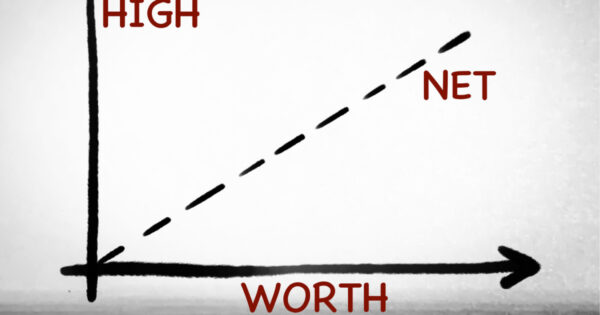US$3-4k the ‘new normal’ for gold price

Gold bullion trading this month hit a new baseline floor price of US$3,000-3,100 (AU$4,700-4,850) per ounce, State Street’s latest Monthly Gold Monitor reports, with a protracted global trade war likely to buttress demand for gold as a safe haven and alternative fiat asset.
Noting increased price volatility and higher gold price, State Street has widened its gold price outlook to US$400/oz from US$300/oz.
The new baseline rate is up from US$2,800 to US$3,100 reported in April.
State Street sees a “strong tactical and strategic case” for the gold market’s transition to a higher price regime, forecasting prices of between US$3,000/oz and US$4,000/oz-$5,000/oz in the most bullish estimates over the next 12-24 months – should predicted stagflation or accelerated de-dollarisation arise.
State Street’s base case of US$3,100-$3,500 – with a projected probability of 45% – will hang on some level of rollback in global tariffs, minimal policy rate cuts from the Federal Reserve, as well as modest rebound in retail gold demand from China.
Its bull case range (between US$3,500-3,900/oz), with a 35% probability, is based on a projected escalation in trade tensions, rising stagflation risks in the US, reduced US dollar recycling into US sovereign assets, and rising risks of US or global recession, as well as surging demand from retail buyers in China and global Central Banks.
Its more bearish estimates (between US$2,700-3,100/oz), with a 20% probability, would require a significant de-escalation in trade tensions and a thawing of US-China geoeconomic relations, State Street says, prompting a material rebound in the US dollar.
The long tail impact of tariffs presents a strong case for the gold price’s continuing increase. However, State Street does foresee some moderating in gold demand.
“On balance, post-Liberation Day trade policies have enhanced the case for gold investment in 2025 by concurrently filtering through the market uncertainty, FX/rates, US/global economic growth order, equity volatility, and liquidity channels,” State Street wrote.
The report does flag some easing back of the “feverish” gold demand exhibited from Western investors since the beginning of 2025. State Street, however, does welcome a certain level of price consolidation and portfolio rebalancing, which it notes will be healthier for the gold market over the medium term.
“Global gold ETF physical holdings are still down 18-20% from their 2020 pandemic peaks. And the sharp fall in managed money net length on Comex has not prompted a meaningful gold futures price collapse.
“Both of these factors suggest plenty of scope for investors to reengage gold longs as they assess macro market conditions into 2H 2025.”
Gold is likely to benefit with at least some easing from the Fed this year, State Street notes, although traders continue to debate the number of cuts.
“Gold historically thrives in regimes where real interest rates are falling, inflation risks are elevated, and policy credibility is in question. All three are now potentially in play,” State Street concludes.











No one should be paying this CSLR fee that is not involved with the corruption. Industry Funds are innocent but…
hi, yes I saw these illegal incentives on tv but forgot the one that was offering. Can you tell me…
It's time for a Royal Commission into the links between legislators, unions and super fund trustees. I'd suggest that it…
“While there are some issues with providing trustees with the ability to make suggestions outside of a financial advice process,…
Another joke from the SMC - they think they're special.